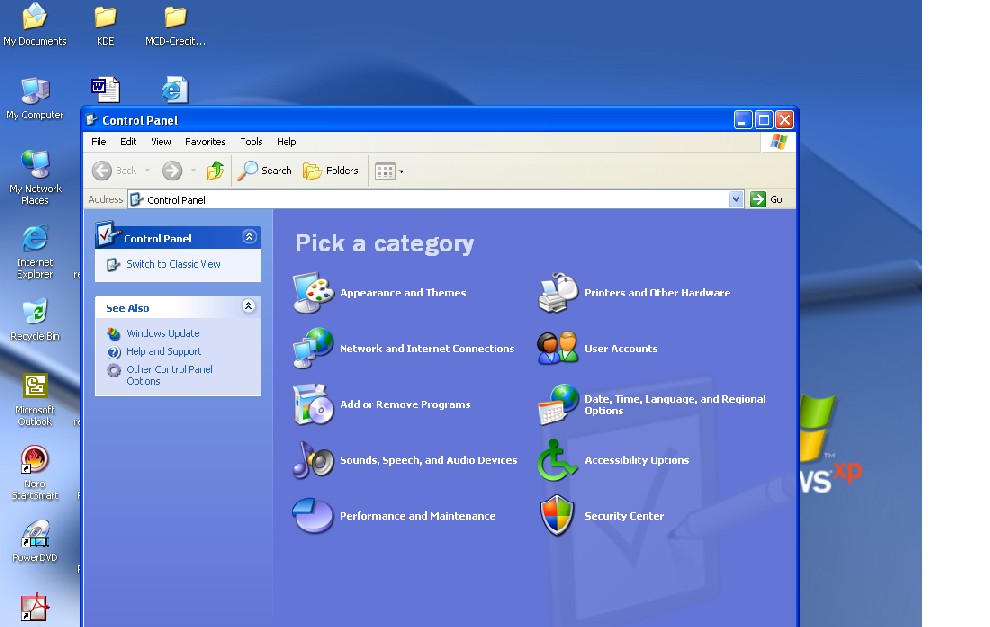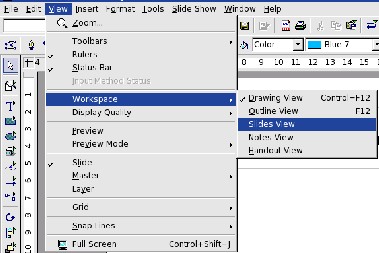CCNC/CCNC Module 1/Software/Subsection Level CCNC Template12
From WikiEducator
< CCNC | CCNC Module 1 | Software
A graphical user interface or GUI is designed to simplify the work of the user whether they are using the operating system or an application package. The interface consists of a screen with a number of icons or menus. Functions are executed by pointing and clicking with the mouse.
Some of the advantages of using a GUI are:
- Less work for the user. To execute a function all you have to do is point and click on an icon instead of typing out an instruction.
- Quicker to learn.
- Easy access to the basic functionality of the operating system or application package.
- Hides the underlying complexity from the user.
- Simplifies and integrates multitasking. Multitasking refers to using several applications at the same time. Opening a new application or document involves a couple of mouse clicks. Likewise switching between tasks also involves only a couple of mouse clicks.
There are some disadvantages to using a GUI based operating system.
- Not all the functionality is available. The icon represents the most commonly used form of a function. A text based system gives you access to all the options associated with a function. Power users tend to switch between the GUI and the system prompt as needed.
- Being graphics based, a GUI runs more slowly than a text based system. However, with the power and speed of modern computers this is not the problem it once was.
The following screens illustrate a GUI in Linux and Windows.
The following two screens illustrate the use of menus:
In each case, clicking on an icon will either execute a function or display another set of icons containing the function.


